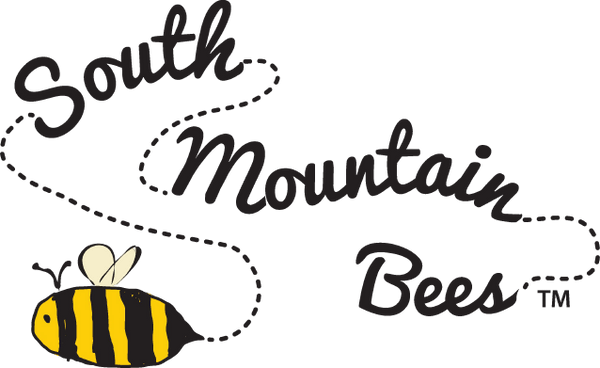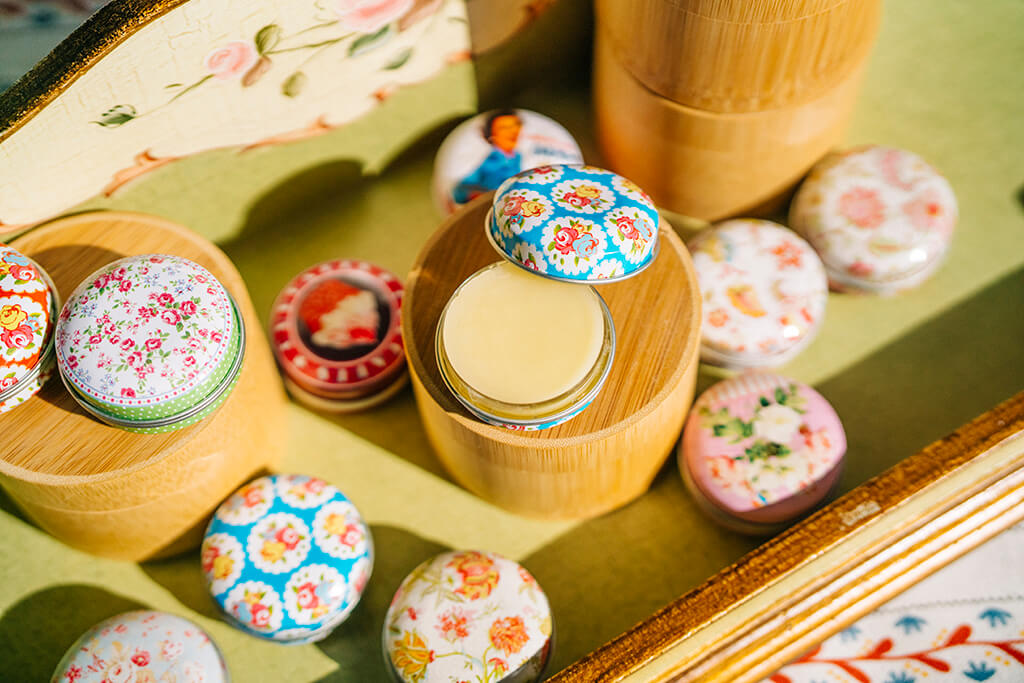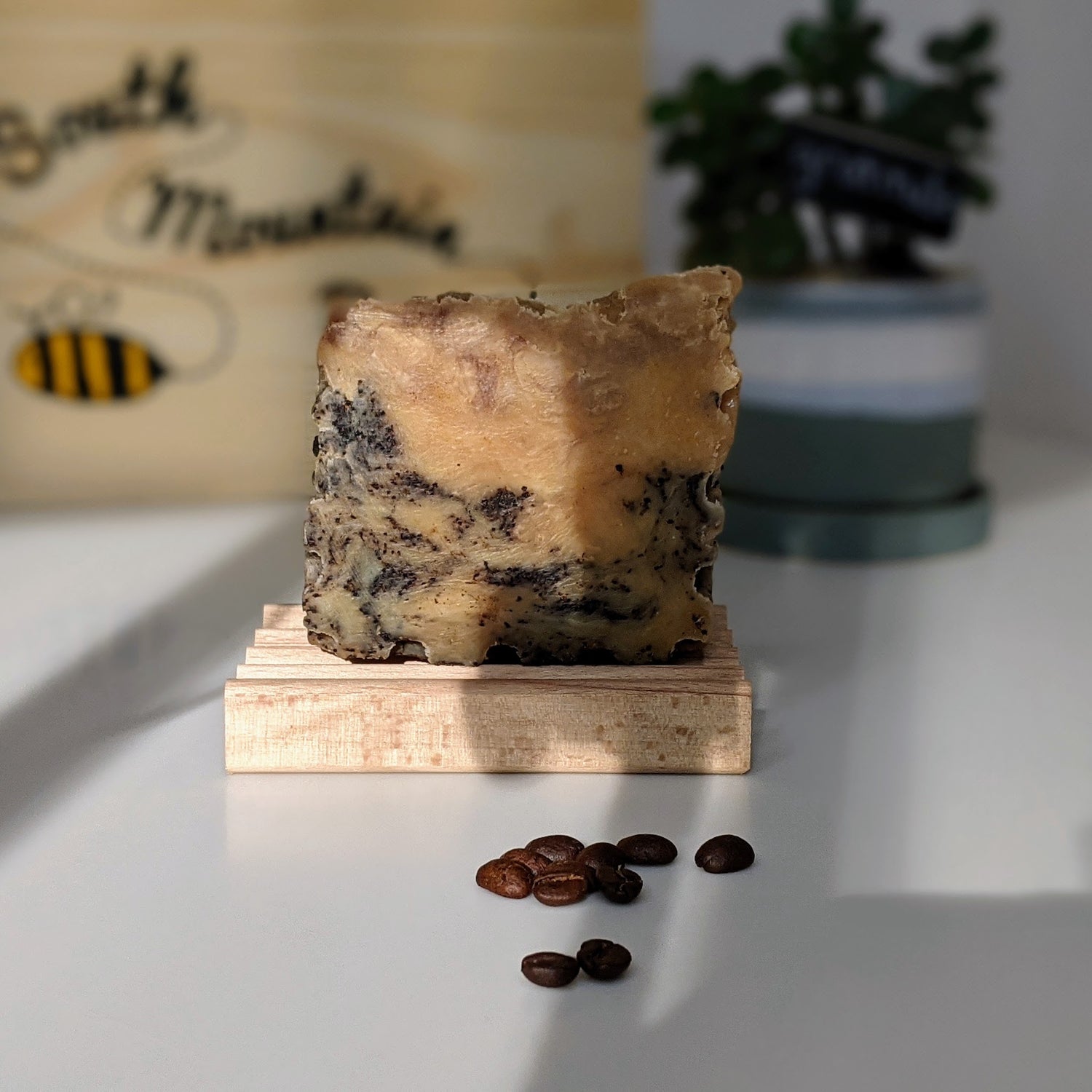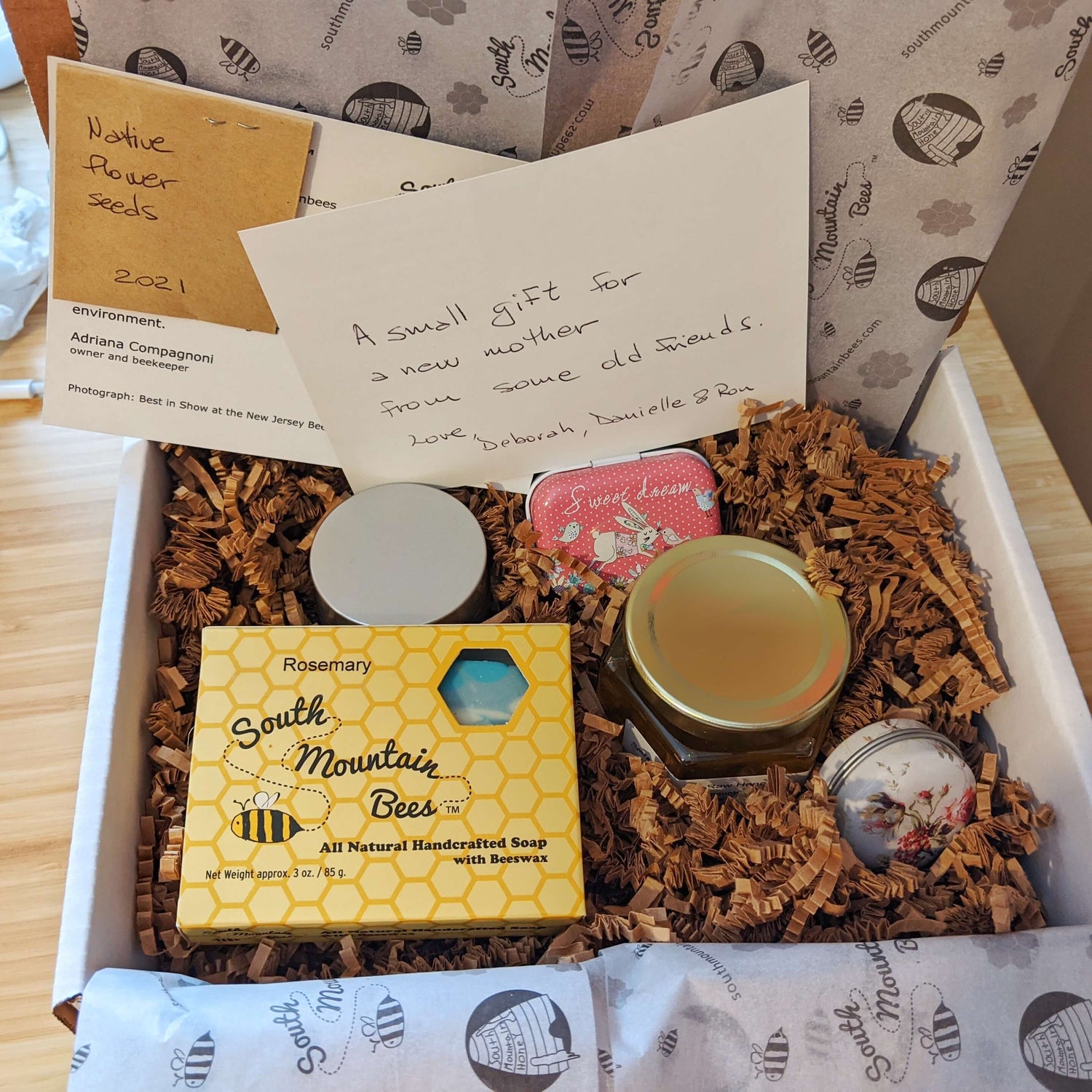Hi, this is Adriana, the beekeeper from South Mountain Bees.
This is the most exciting time of the season: The honey harvest just started!
It is hard work, but it is so rewarding, that a spoonful of honey makes you forget how hard it was to get to this point.
First we need to wait for the bees to finish transforming nectar, which they foraged from flowers, into honey. They know when it is ready, and they cap the honey with a paper thin seal of beeswax.
Here you can see some frames of capped honey.

The beeswax can have different colors depending on the flower source. It can be snow white.

It can also be very dark.

Honey has an ideal naturally occurring water content between 15% and 18%. If honey has more than 18% water content, it will ferment, and if it has less than 15% is will be too thick to flow. Once the bees cap the honey, you know the water content is just right. That's why it is important to harvest honey after the bees have finished making it.
Some beekeepers may not be able to inspect frame by frame before harvesting (taking frames from the hives), and they might use artificial methods to reduce the amount of water in unfinished honey. That involves, dehumidifiers, fans, and sometimes heat. If we accidentally harvest unfinished honey, we return it to the bees.
We use an uncapping fork to remove the wax cappings mechanically. The uncapping knife is a thin-toothed wire fork to scrape and peel off the wax coating the honey. It is labor intensive, but it preserves the good properties of honey. Some beekeepers use heat in the form of a heated knife. Electric uncapping knives come pre-set at 260ºF-270ºF temperature, which in my opinion is too high. I've seen videos on YouTube of people using heat guns to melt the wax off the frames, but I won't comment on that (!).
The bees keep the hive at 95ºF, and I believe the bees are right. So is it tedious to use an uncapping fork? Yes. Does it take longer than using heat? Yes. Is it messy? Yes. But the honey tastes so much better, that it is worth it.
Here's a picture of a frame partially uncapped. You can see the exposed honey next to the capped honey.

The uncapped frames of honey go into a honey extractor, that spins the frames to extract the honey. It is similar to a salad spinner used to remove excess water, except it is much larger, and the one we use is made of stainless steel. Here you can see the unfiltered honey coming out of the extractor.
So when you wonder why our honey tastes so good, it is because we work with nature and interfere as little as possible to harvest what's there.
Honey will be bottled soon, and you'll be the first ones to know!
Stay tuned!




